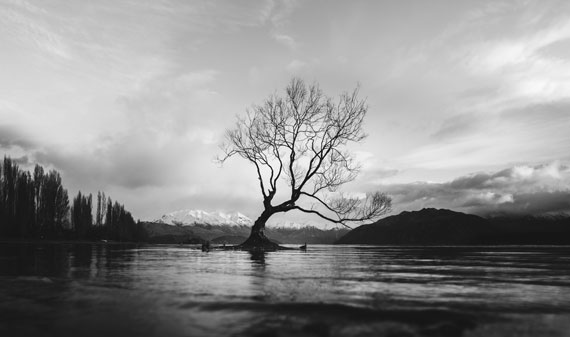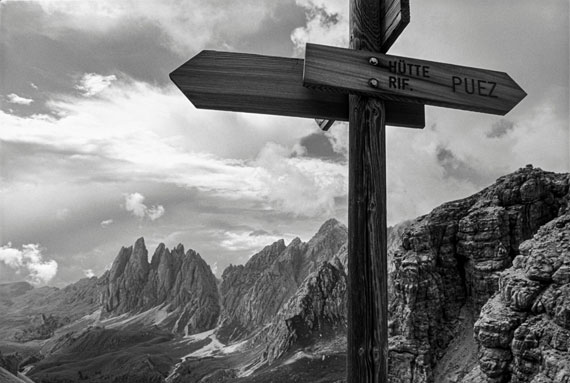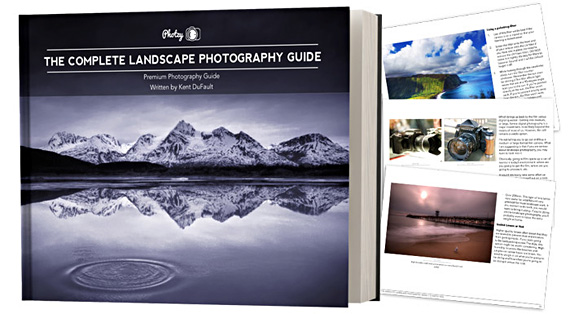Final day: only hours left for the Complete Landscape Photo Guide at 58% Off
Black and white photography can add a timeless, classic feel to landscape images, emphasizing textures, shapes, and contrasts without the distraction of color. Here are some scenarios and reasons when you might choose black and white for landscape photography:

Photo captured by Erico Marcelino
Emphasizing Textures and Shapes: When your landscape contains intriguing textures or shapes, converting your photo to black and white can enhance these elements. Without color, the viewer’s eye is drawn to the lines, forms, and textures of the scene.
High Contrast Scenes: Black and white photography can be particularly effective in high-contrast situations, such as when you have very bright and very dark elements in the same scene. Converting to black and white can make such scenes more striking and visually appealing.
Moody Atmosphere: Black and white can convey a range of moods, from somber and dramatic to serene and calm. If you’re aiming to capture a landscape in a way that feels moody or atmospheric, removing the color can amplify this effect.
Simplifying Busy Scenes: In some cases, color can be a distraction, especially in busy or cluttered landscapes. Removing the color can simplify the scene, helping to guide the viewer’s focus to the intended subject or composition.
Bad Weather Conditions: Overcast skies, fog, or mist can sometimes mute colors in a landscape, making them look flat and unappealing. Black and white conversion can turn these conditions into an advantage, emphasizing the subtleties of tone and light.
Timeless Quality: Black and white images have a timeless quality that can make your landscape photographs feel classic and enduring. This can be particularly effective for iconic or well-known landscapes, adding a sense of permanence and continuity.

Photo captured by Mick Haupt
Artistic Expression: Ultimately, the choice to use black and white is also an artistic one. It allows you to express your vision in a different way, focusing on elements like light, shadow, texture, and form without the influence of color.
When deciding whether to shoot a landscape in black and white, consider what elements you want to emphasize and what mood you wish to convey. Sometimes, the decision is best made in the field, while at other times, you might choose to convert a color image to black and white during post-processing, depending on what you feel best captures the essence of the scene.
For Further Training:
If you are looking for more help with your landscape photography, you may want to check out this in-depth guide while it is currently 58% off until the end of the month, February 29. It contains 237 pages jam-packed with training, illustrations, and assignments for photographers seeking to take better landscapes.
It covers everything you need to know to take consistently great landscape shots – lens and gear help, developing your own style, post-processing guides, composition tips, how to get unique images, and much more.
Only hours left: The Complete Landscape Photo Guide at 58% Off
Like This Article?
Don't Miss The Next One!
Join over 100,000 photographers of all experience levels who receive our free photography tips and articles to stay current:







Leave a Reply